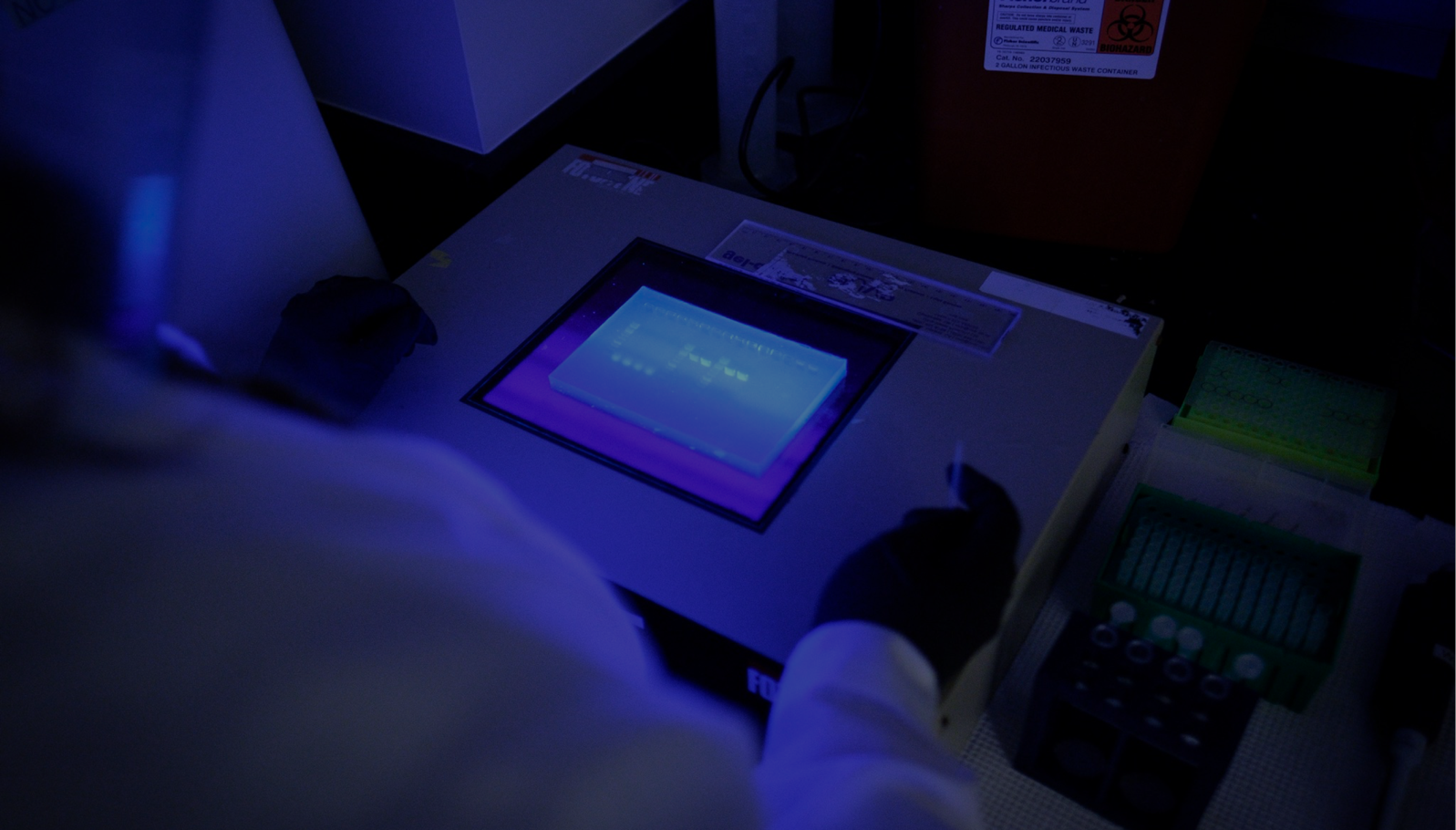Overview
The Smith Lab studies how the innate immune system detects microbes, and how the host-microbial interactions influence inflammation, tissue injury and immunity.
One of the main focuses of the lab is the bacterial protein flagellin. Using infection models in mice we study how the innate immune system senses flagellin, and how this event contributes to host protection against infection.
The primary pathogen that we are studying is Salmonella, which comes in two main varieties. Salmonella Typhi and paratyphi are relatively restricted to primate hosts and cause the disease enteric fever, which is endemic in several parts of the world (Typhoid fever).
Non-typhodal Salmonella consist of a large number of strains of Salmonella enteriditis, and are common causes of diarrheal illnesses. Non-typhoidal Salmonella is also an emerging serious systemic infection in HIV and malaria endemic regions, and the emergence of new hyperviruelnt and multi-drug resistant strains pose future problems to control this infectious illness.
Flagellin is also a model antigen that has intrinsic adjuvant properties. Flagellin is currently being developed as an adjuvant and vaccine platform for human infectious diseases (http://clinicaltrials.gov/ct2/results?term=flagellin&Search=Search).
 Model for flagellin-induced antibody responses. Flagellin has three domains, the C-terminus of D0 is recognized by Naip5/6, the D1 domain has a site recognized by TLR5, and the D2 and D3 domains are variable and recognized by antibodies. TLR5 signals through MyD88 and the Naip5 inflammasome generates IL-1β and IL-18, which through their respective receptors also signal through MyD88. This pathway contributes predominantly to anti-flagellin IgG2a antibodies. Another unknown pathway (?) is critical for IgG1 dominant responses.
Model for flagellin-induced antibody responses. Flagellin has three domains, the C-terminus of D0 is recognized by Naip5/6, the D1 domain has a site recognized by TLR5, and the D2 and D3 domains are variable and recognized by antibodies. TLR5 signals through MyD88 and the Naip5 inflammasome generates IL-1β and IL-18, which through their respective receptors also signal through MyD88. This pathway contributes predominantly to anti-flagellin IgG2a antibodies. Another unknown pathway (?) is critical for IgG1 dominant responses.
Principal investigator
Diseases we study



